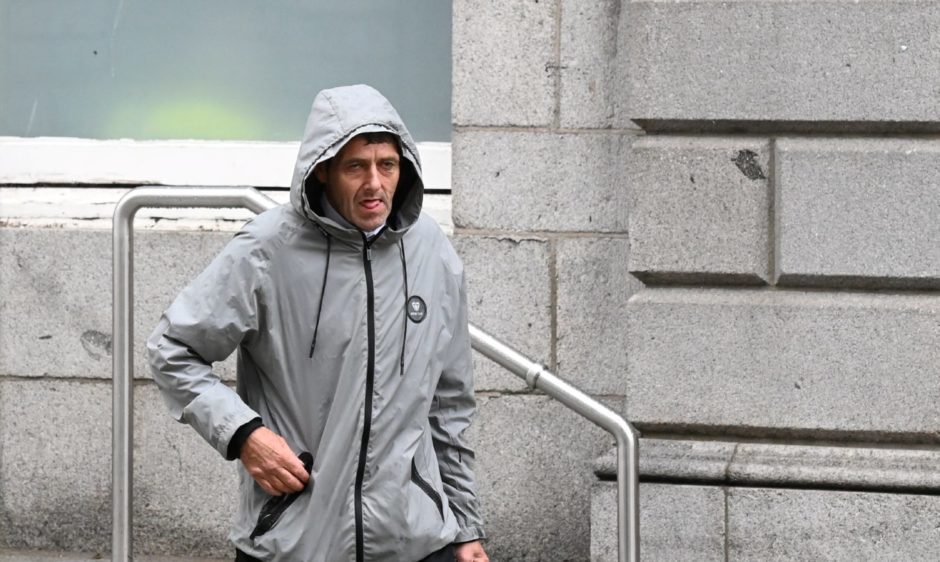I would like to tell you a story about a Christmas tree – what could possibly be more apt for a week when it’s ice cream-meltingly sweltering and there’s international cricket being played in Aberdeen.
It is though, I’m afraid, not a tale rich with seasonal goodwill and cheer. In fact it could hardly be further from being that. But it is one that goes to the heart of a misunderstanding about journalism.
The tree in question was used as a weapon by a vile domestic abuser whose horrific behaviour towards his partner we helped expose to a wider public when he was convicted for it.
I have written before about why we think it is so important that we report on court cases like these – not least the potential for it to make others think twice about the harm they might do.
But some of the reaction we got to this story gave me pause for thought about our own actions as a newspaper and the consequences of them.
Considering our impact
Several people got in touch to suggest that by focusing on the Christmas tree we were somehow trivialising or sensationalising it, and either way seeking “just to sell papers” on the back of someone’s pain.
It was, after all, just one incident in a five-year catalogue of abusive behaviour.
Some went as far as to decide it must mean we found the case funny.
We didn’t and nor did anything in the way we reported the story suggest that.
(In fact the only people who seemed to be amused were those who contributed a string of Christmas-themed puns in the comments on our Facebook post about it.)
The truth is this.
As journalists, we want to make a difference. We want our work to achieve the biggest positive impact it possibly can. If only a handful of people read it, that opportunity is wasted.
"People have become used to clicking a mouse and getting 'free' access to information. Whether it’s true or false is immaterial. So, they object when they are suddenly met by a paywall," writes @aonghasphadraig.
https://t.co/CqdWWymqPZ— P&J Opinion (@PJOpinion) July 28, 2022
So yes, absolutely, we focused the story on what we thought was the most eye-catching element, the angle we thought would make as many people as possible want to read it.
Doing anything else would undermine the whole point of our mission.
Is the result that we make more money than if we wrote it in a less eye-catching way? Yes. But it’s the mission that comes first – the revenue simply sustains our ability to pursue it.
We don’t always get it right.
Acknowledging when we make mistakes
One important benefit the creation of the ombudsman role has brought is the way it forces us more than ever before as a team to put what we do under the microscope.
If I am going to explain and defend how we operate to readers, we have to know that we have considered those practices ourselves and not found them wanting.
In discussing the issue of how we present court copy, we decided that one change we could usefully make would be to ensure we deleted the kind of “jokes” that appear in the comments on social media posts about serious issues whenever we spot them or have them pointed out to us.
We went back and did that for the Christmas tree story and a colleague remembered another that had attracted a similarly ill-judged Facebook response – a woman recently in court who had used a tennis racquet to assault her ex-partner.
On going to make those deletions we found sadly that we bore a degree of responsibility for that behaviour – as the online headline itself punned that she would “serve” no prison time.
We recognise that was not appropriate in the context, have changed it and are preparing clear new internal guidelines to make clear it should not happen in future.
Small changes perhaps, but exactly the sort that come from being more engaged with and accountable to you, our readers.
Do you have a question about the way we work? Please send it to readersombudsman@pressandjournal.co.uk







Conversation